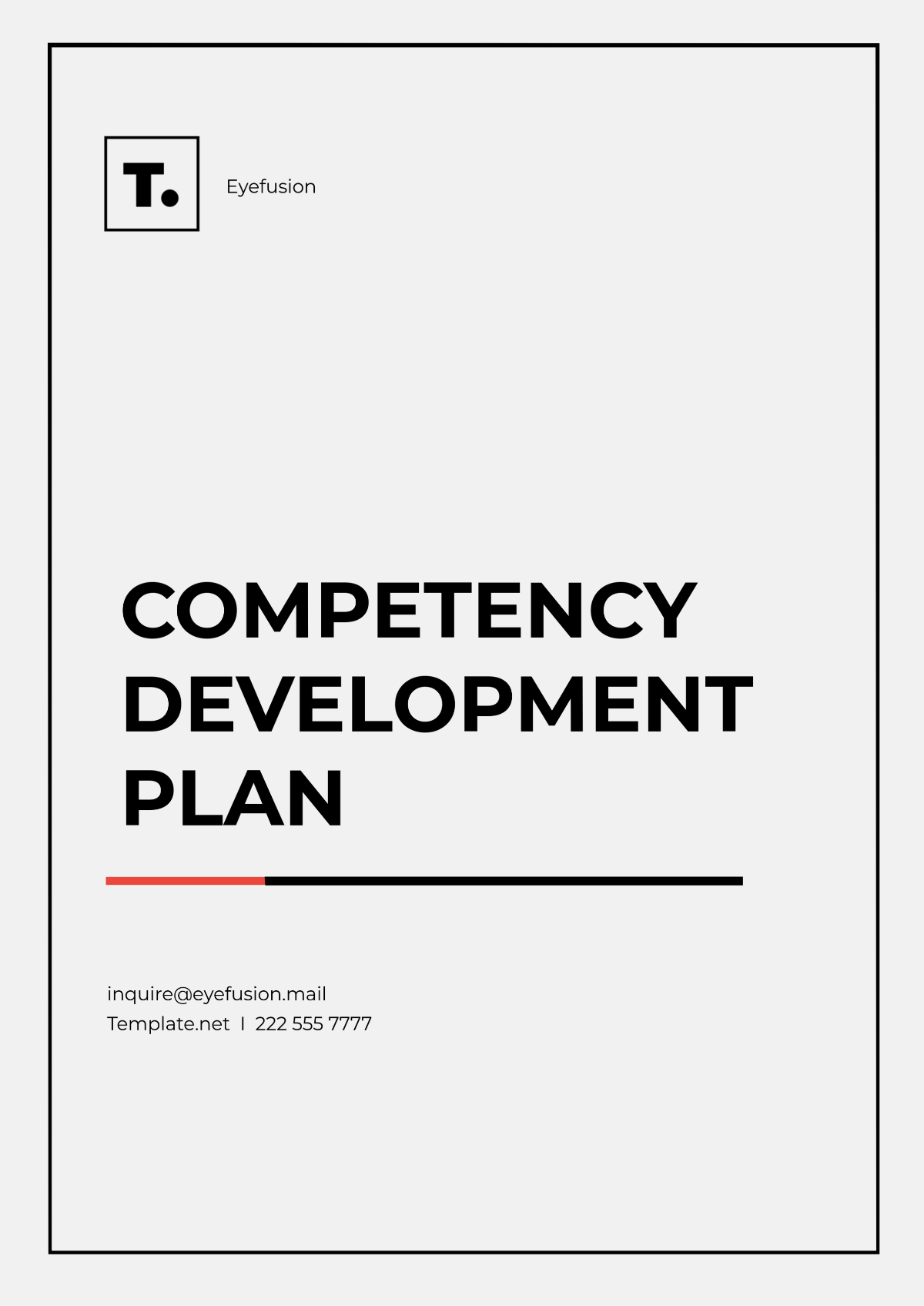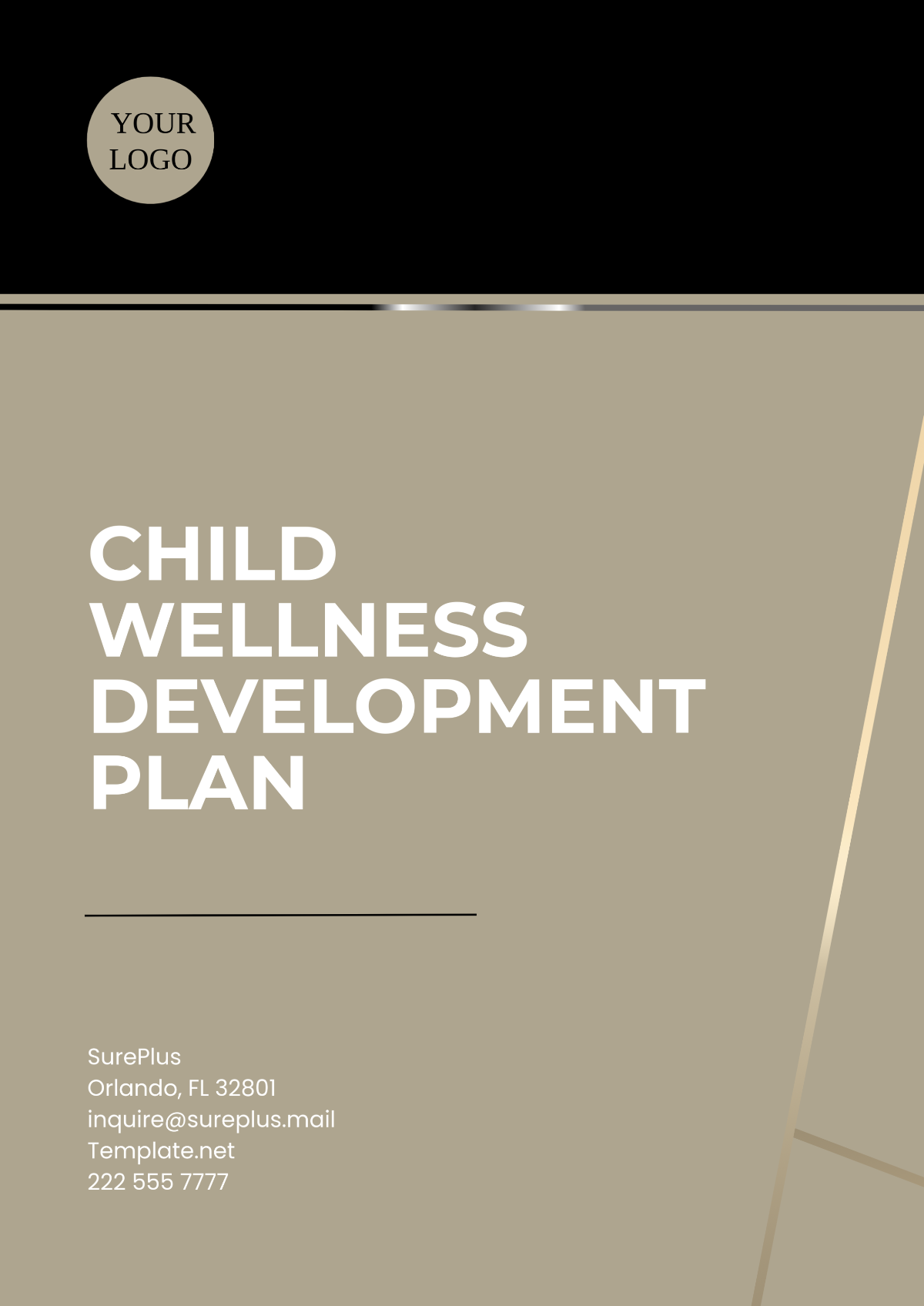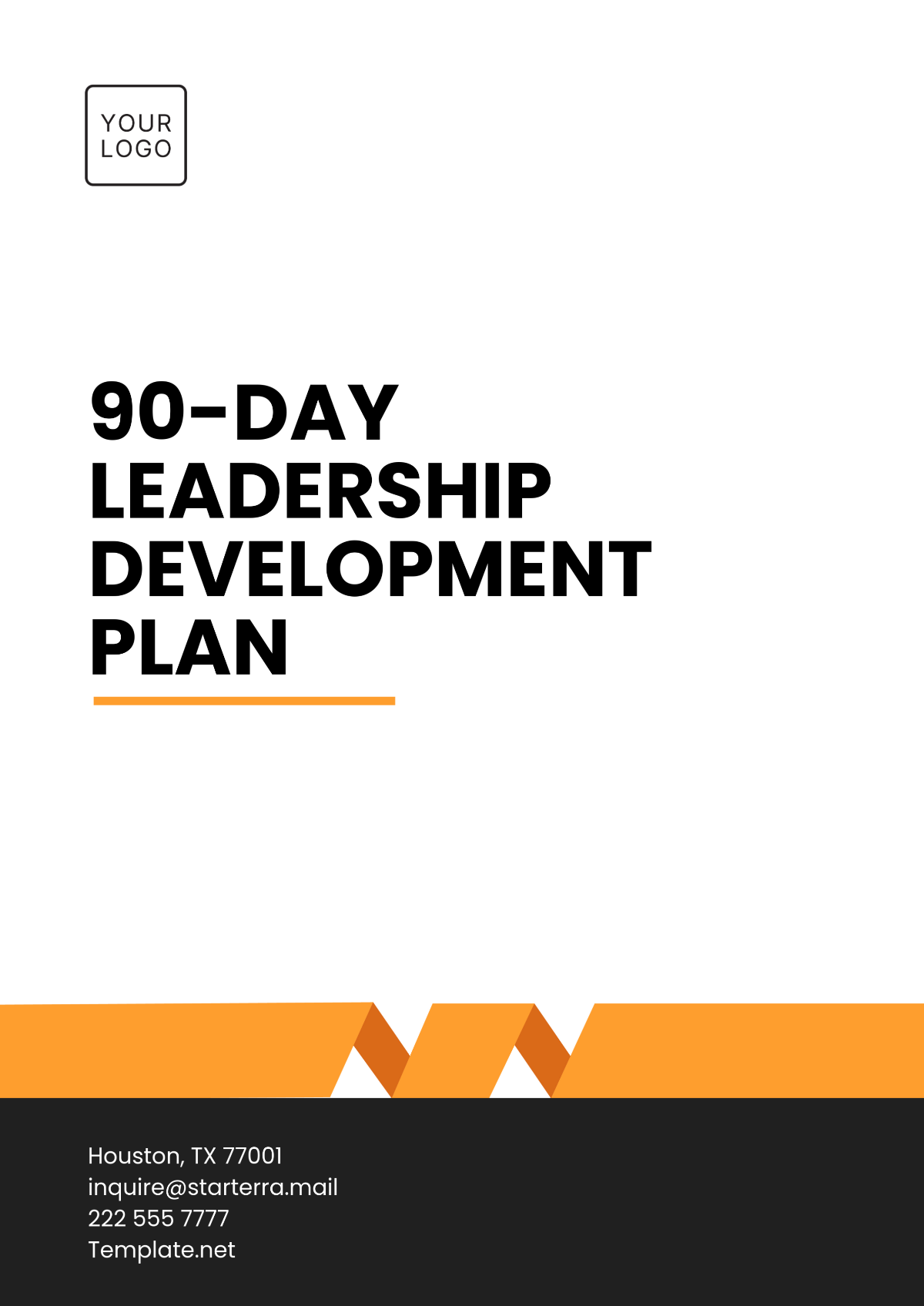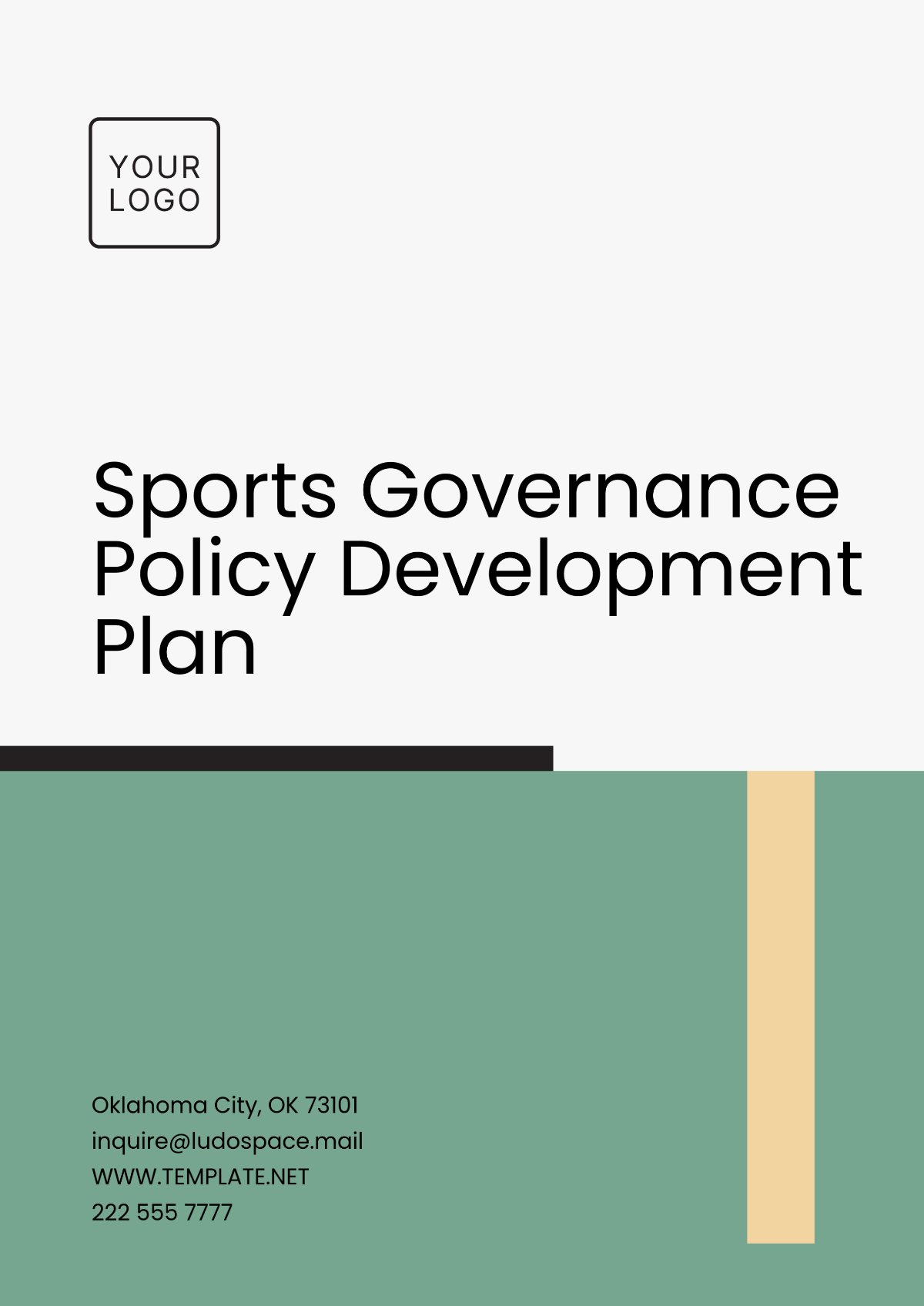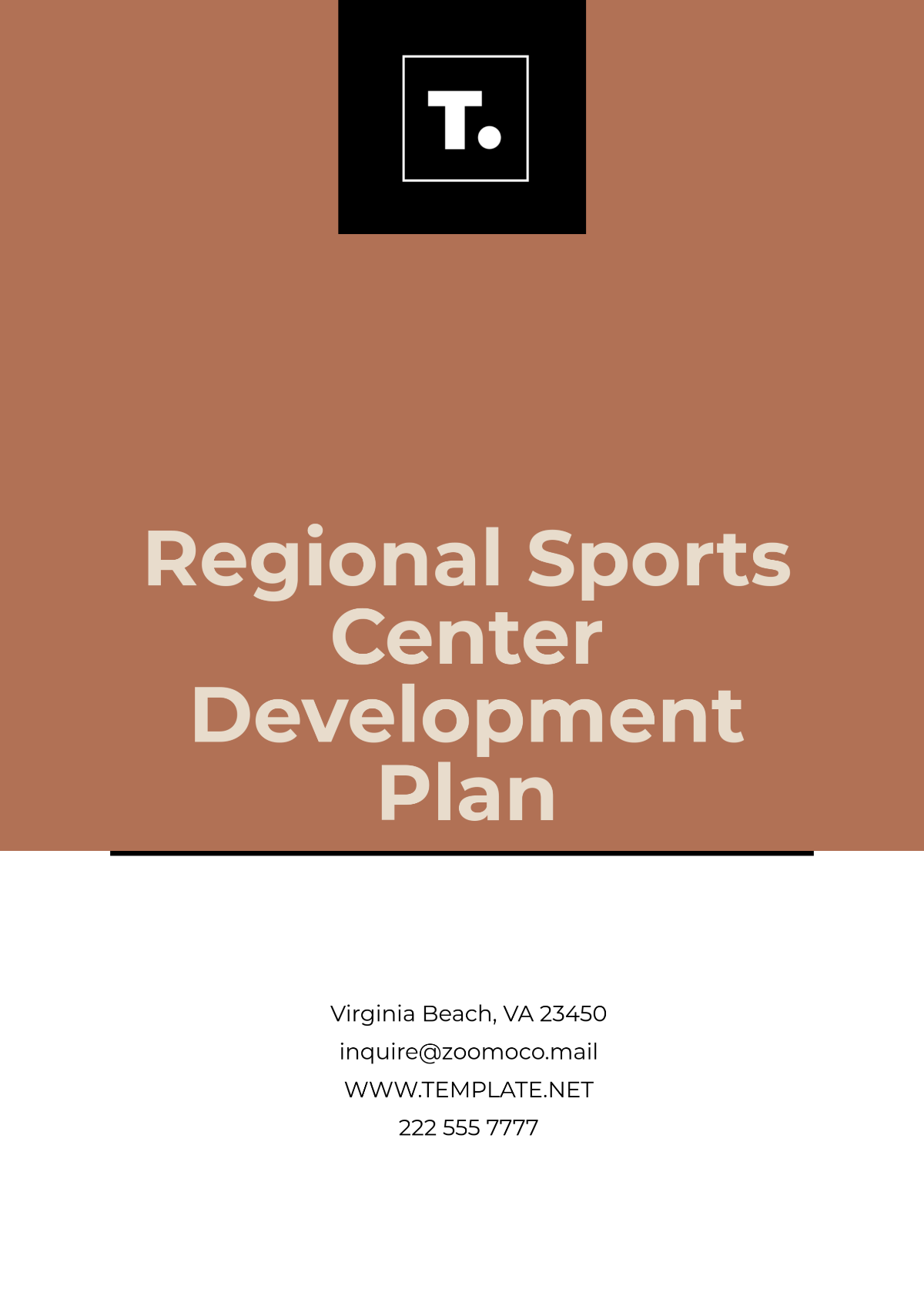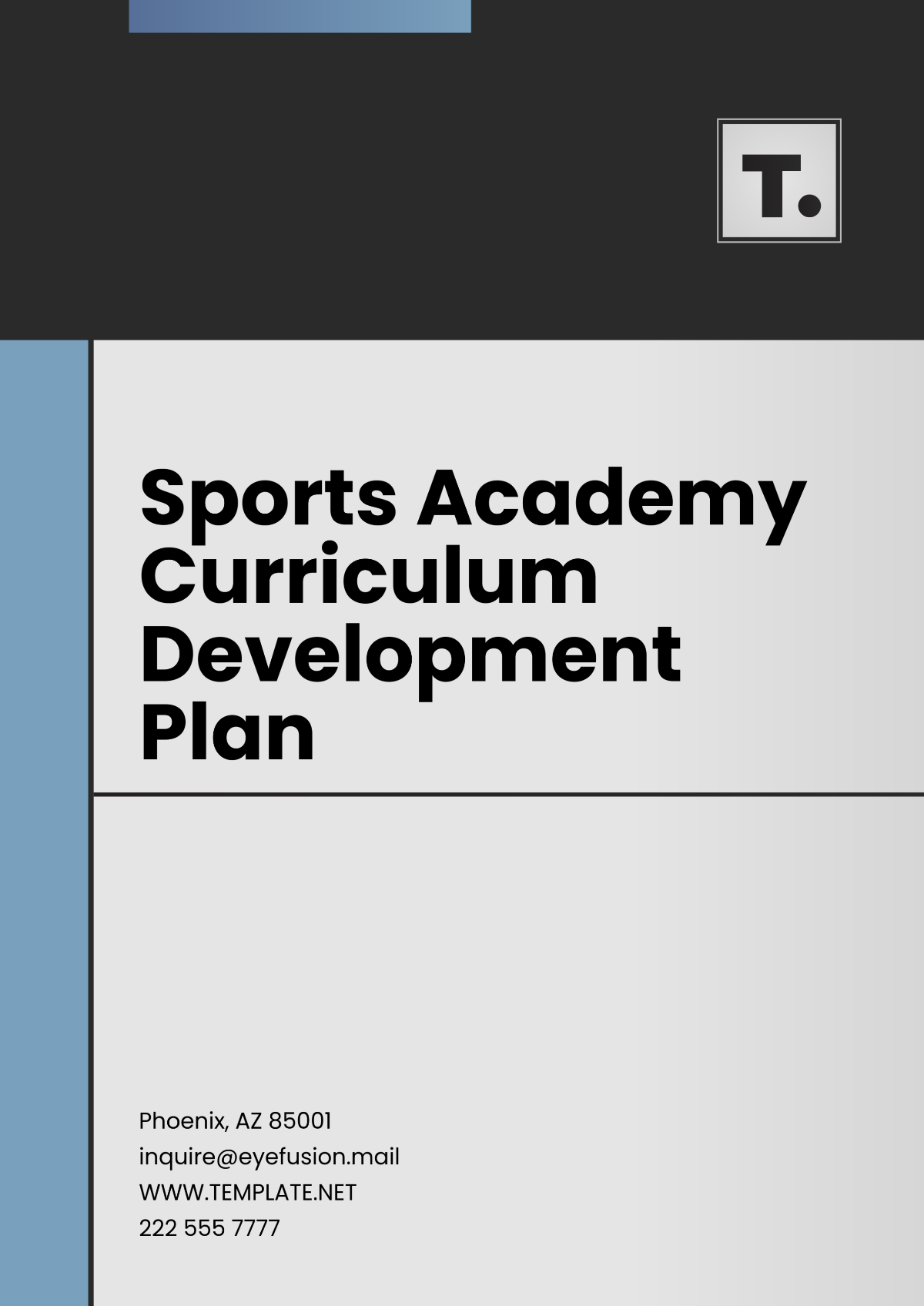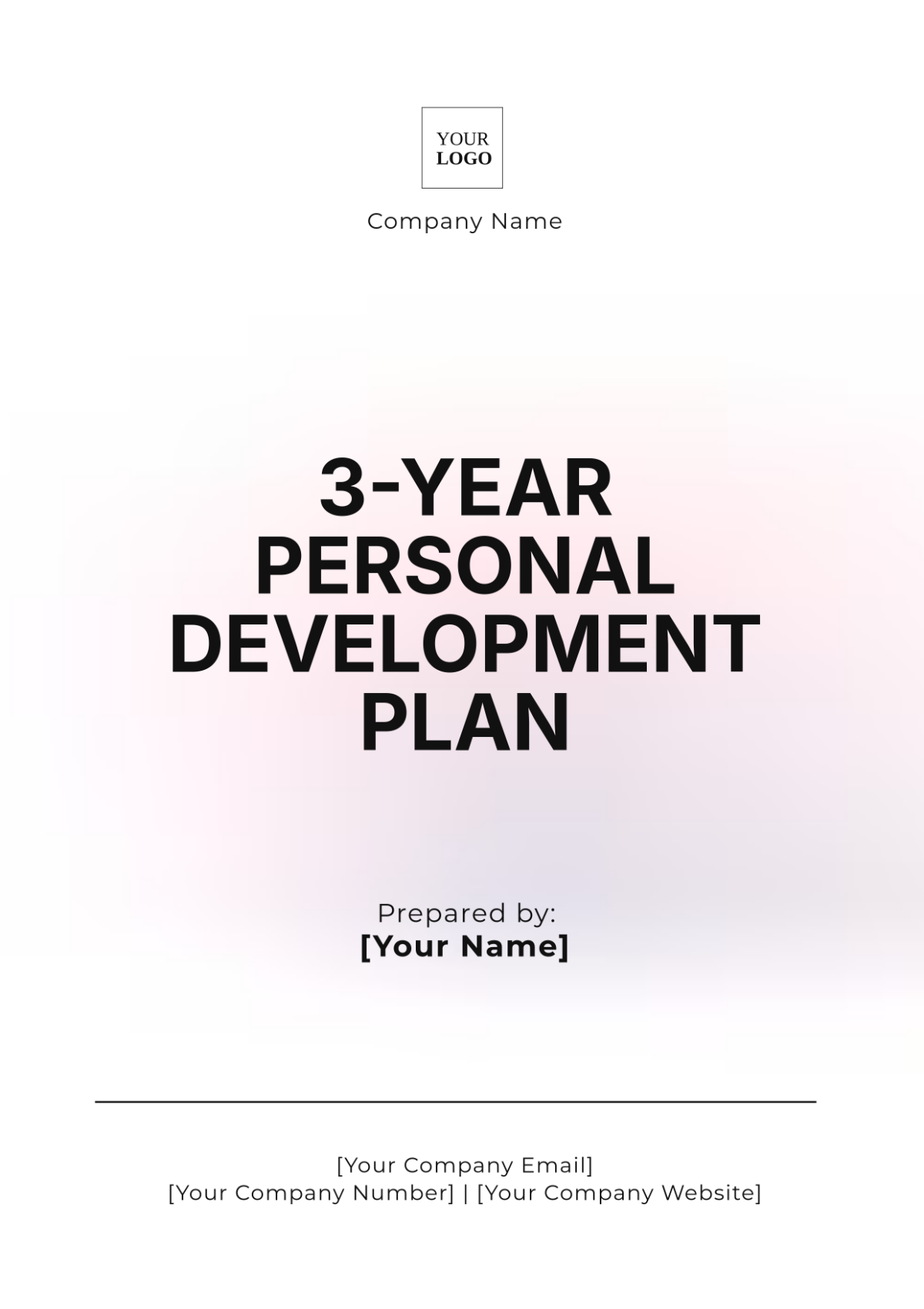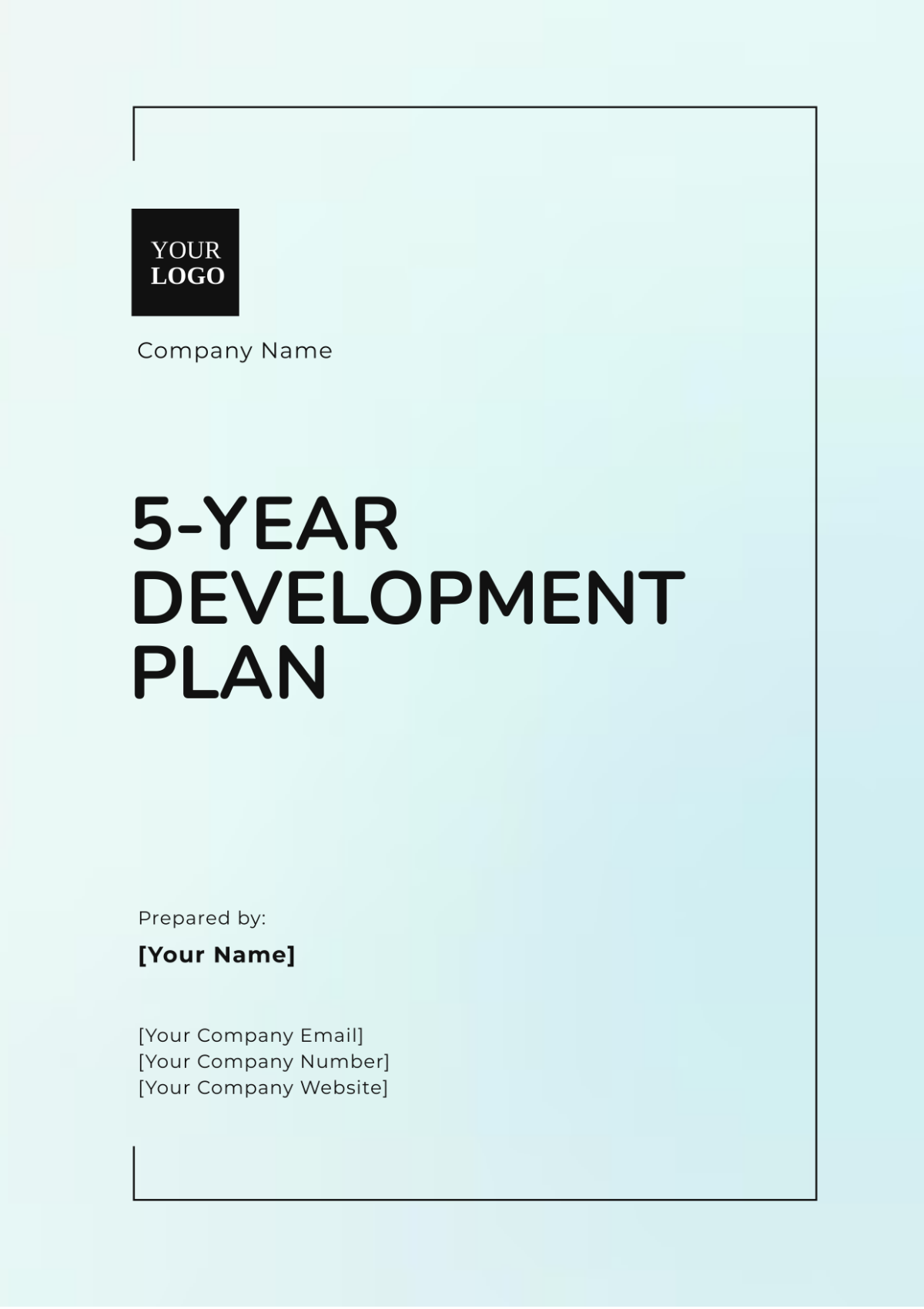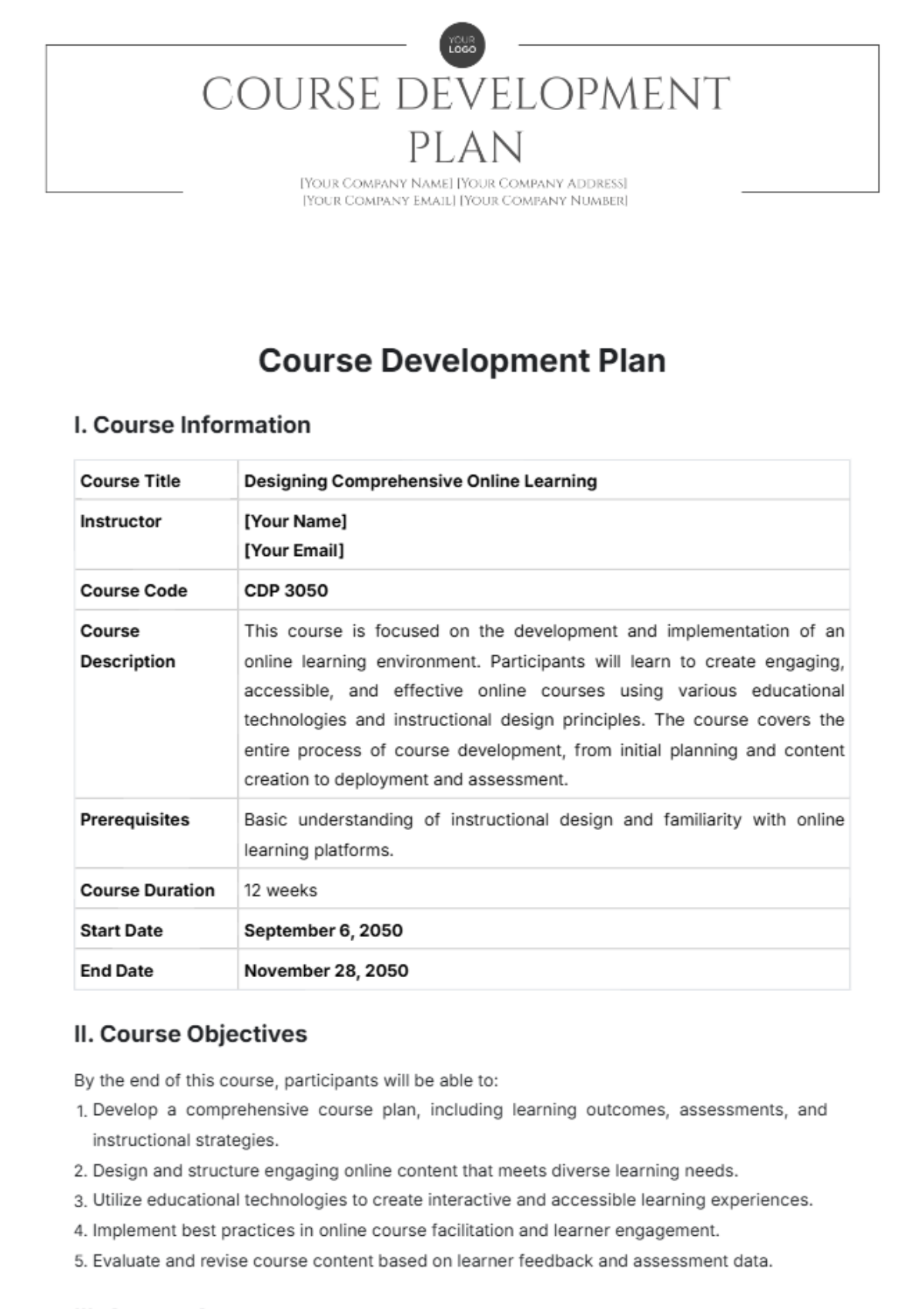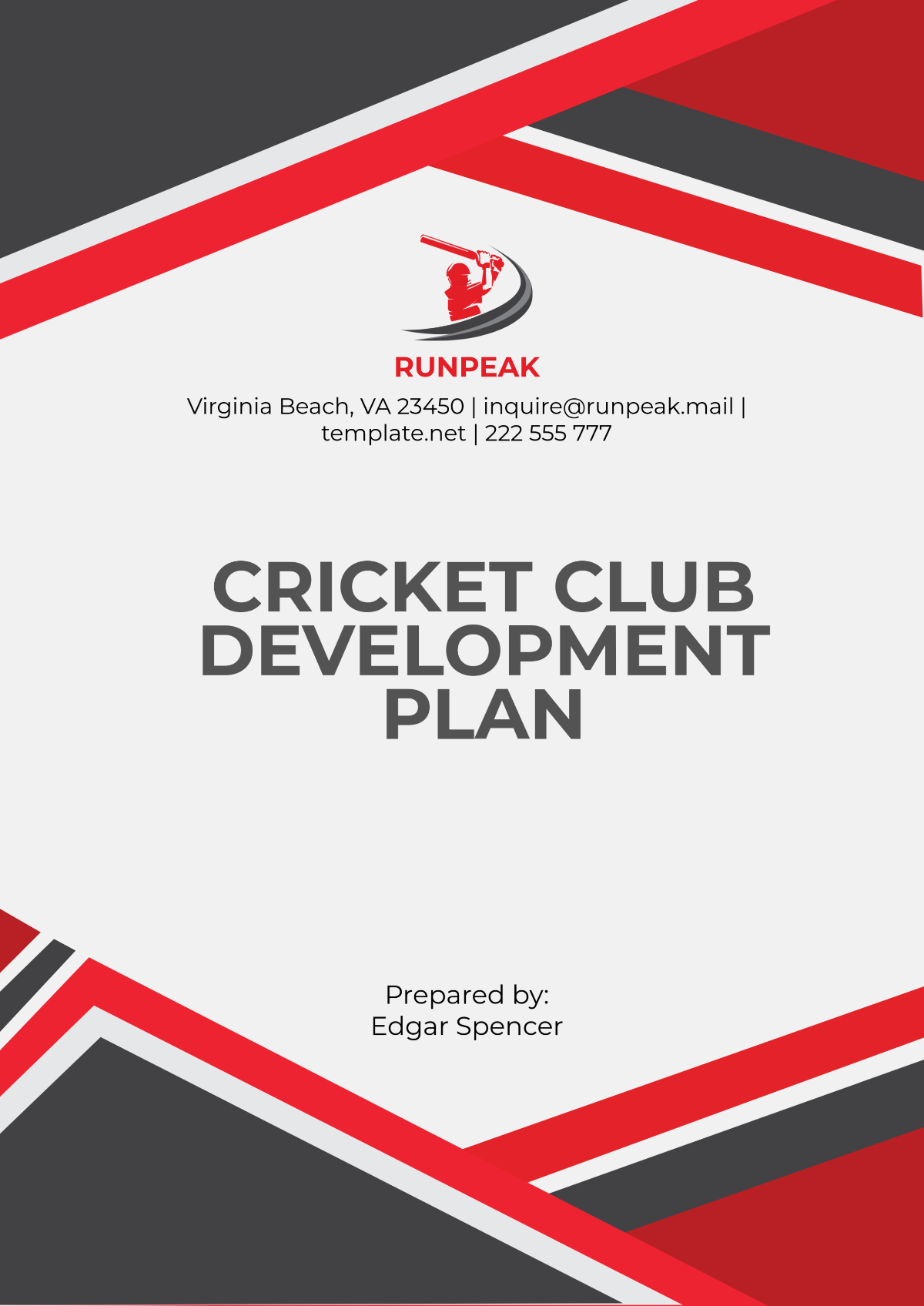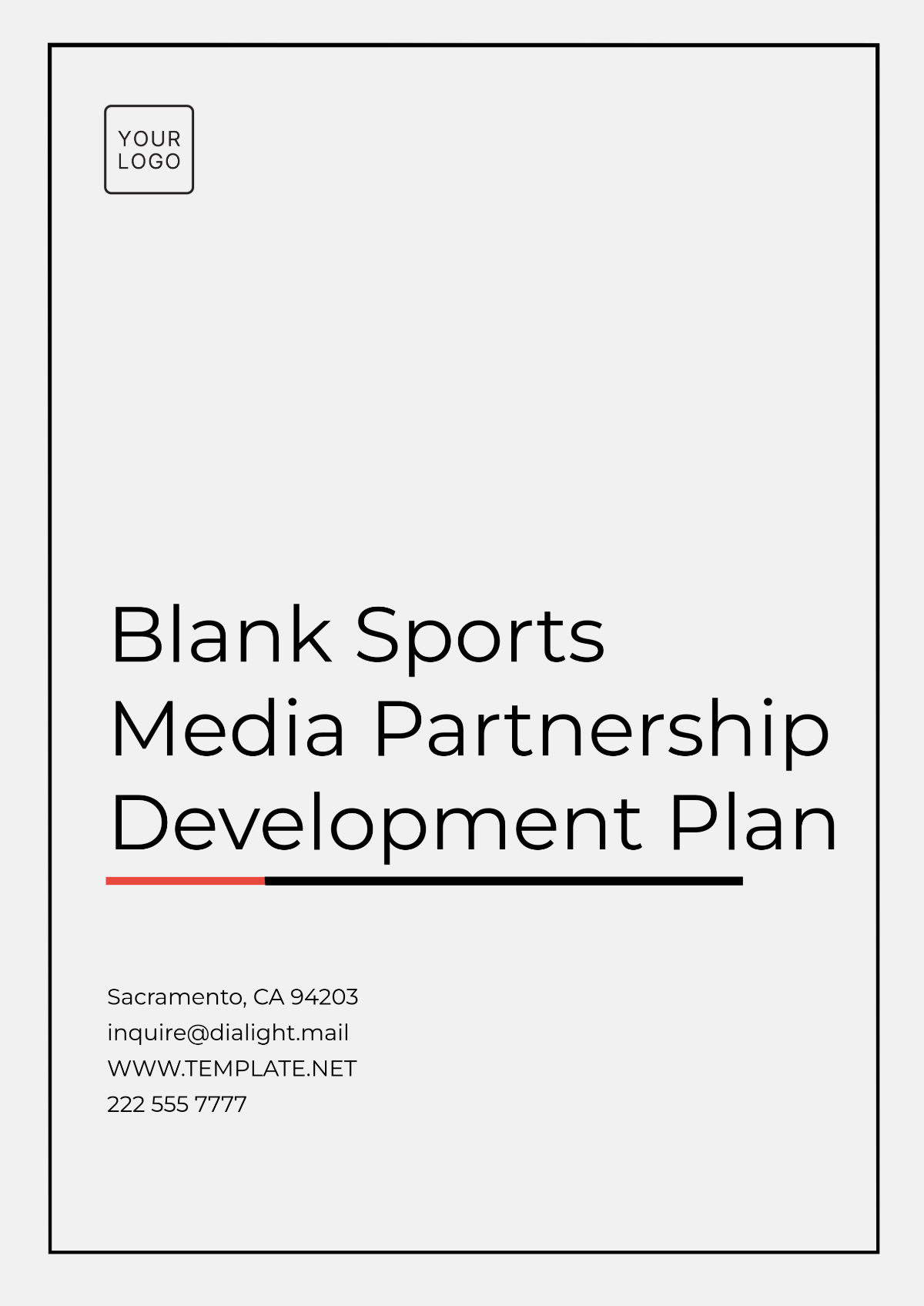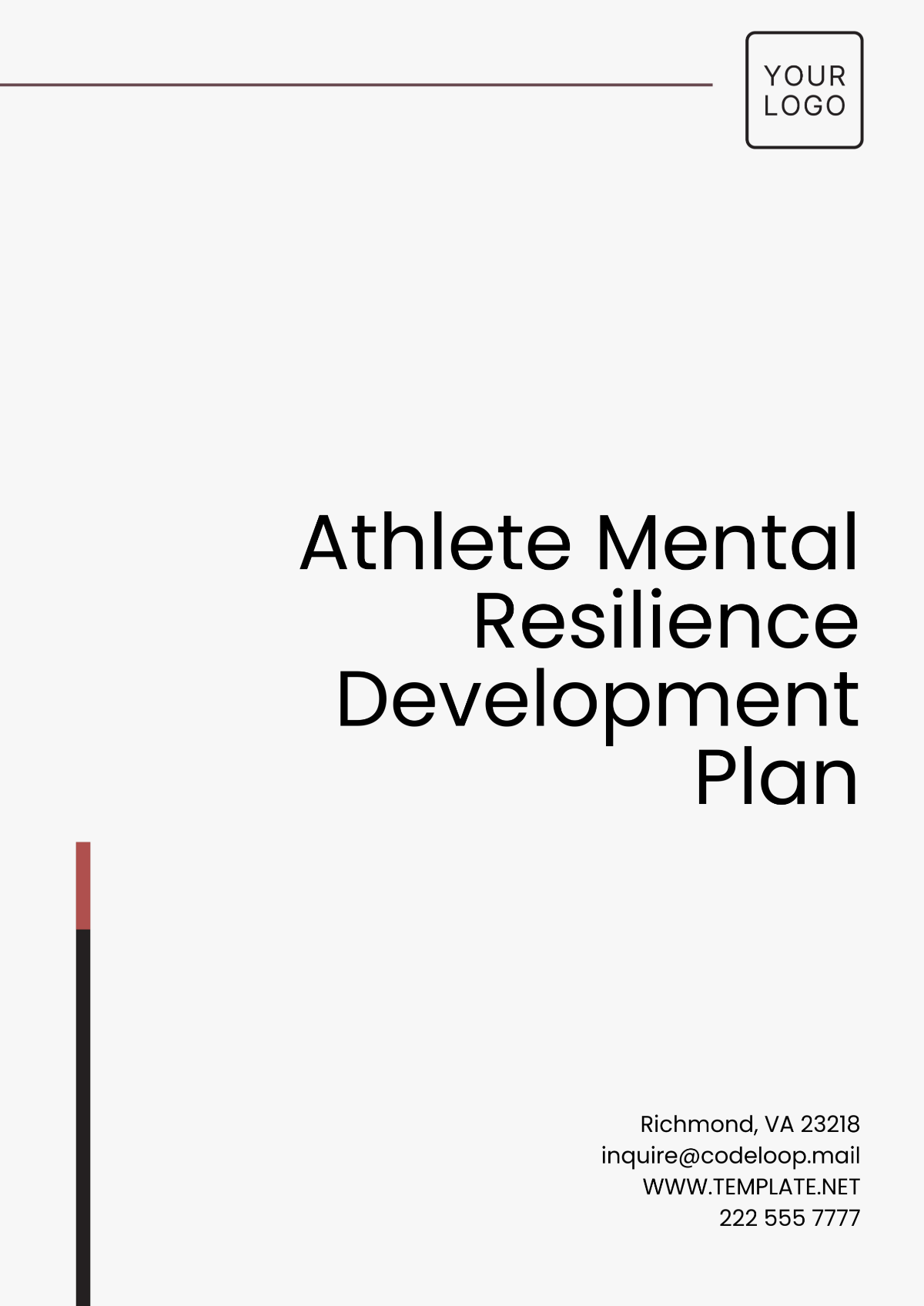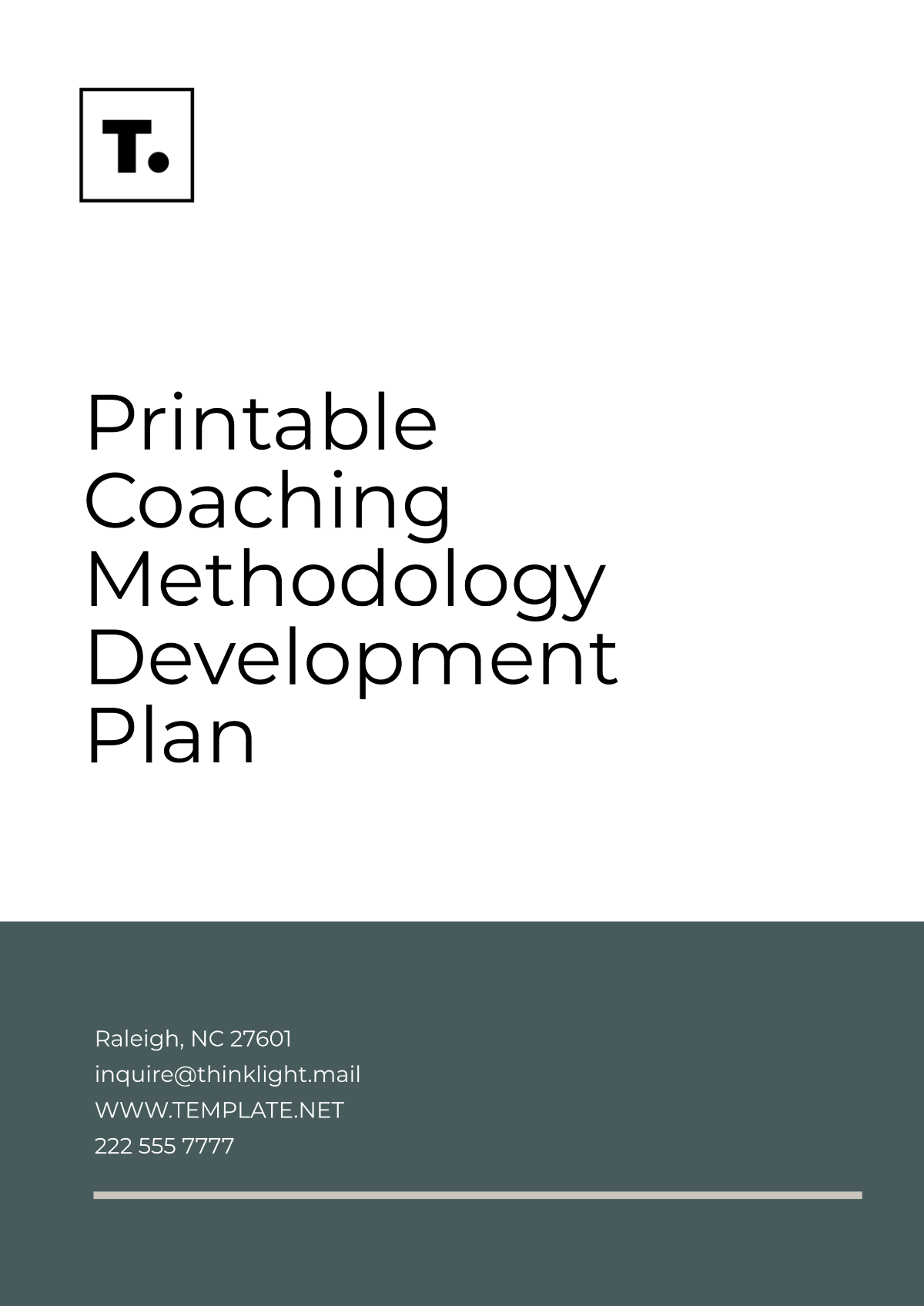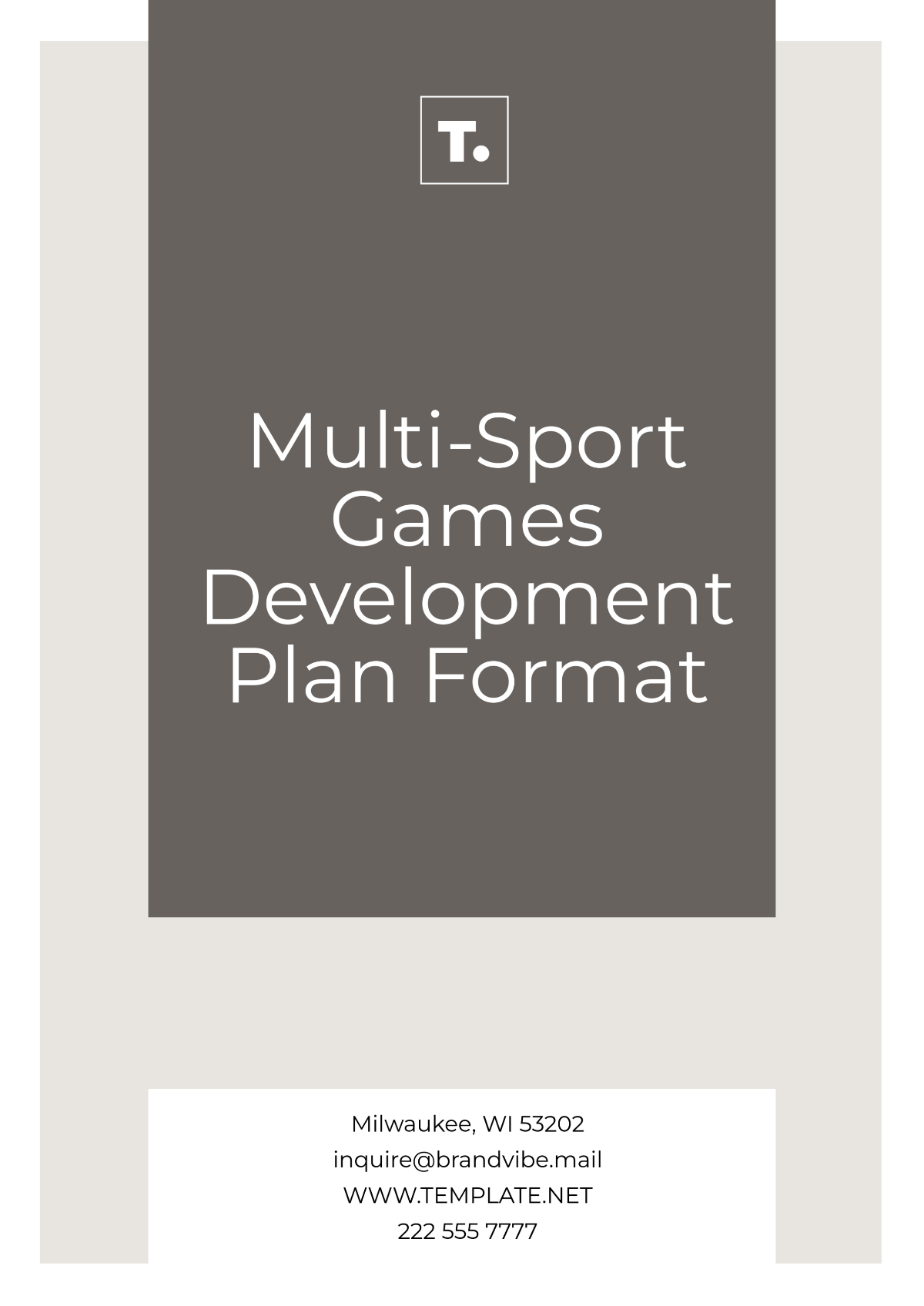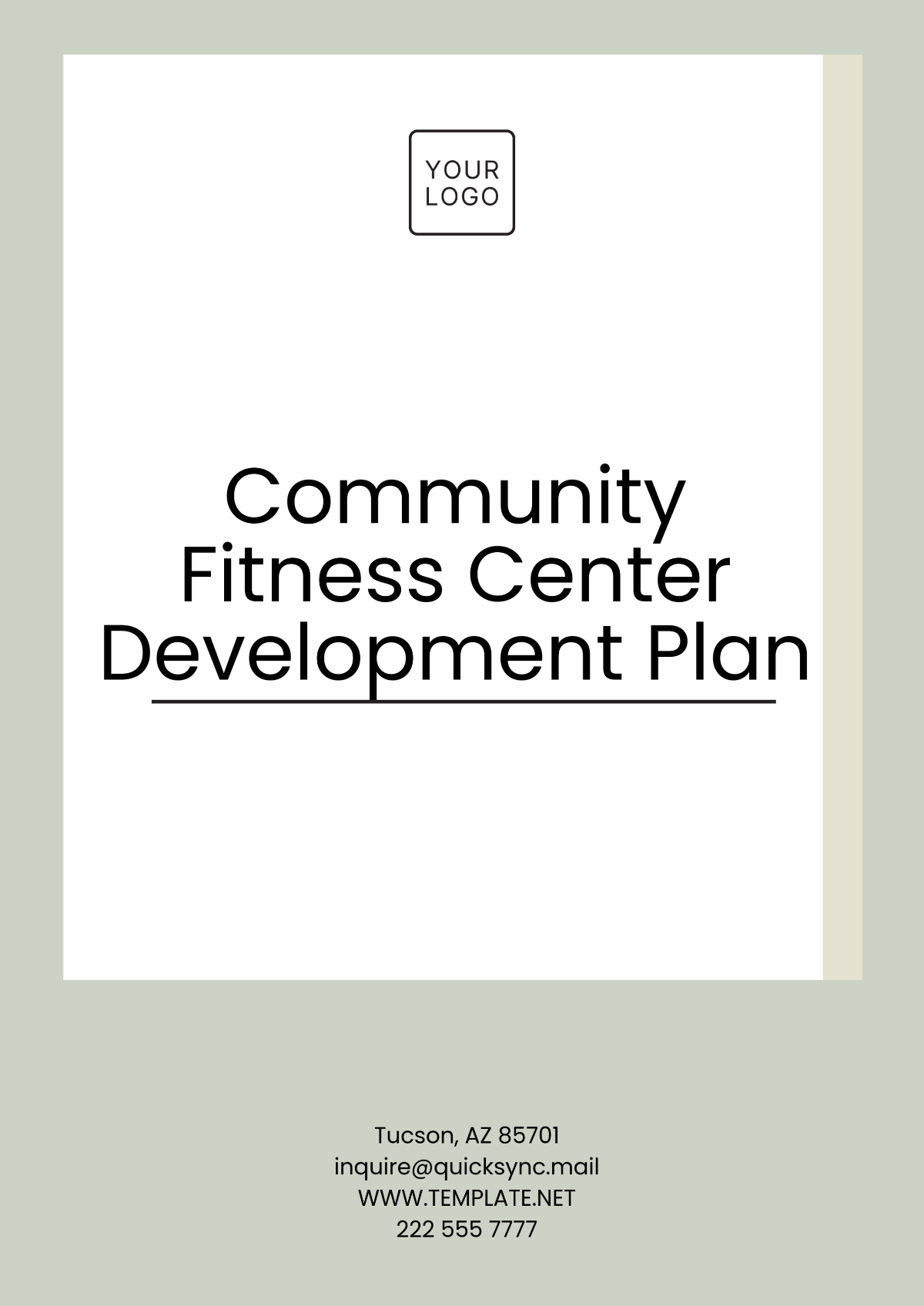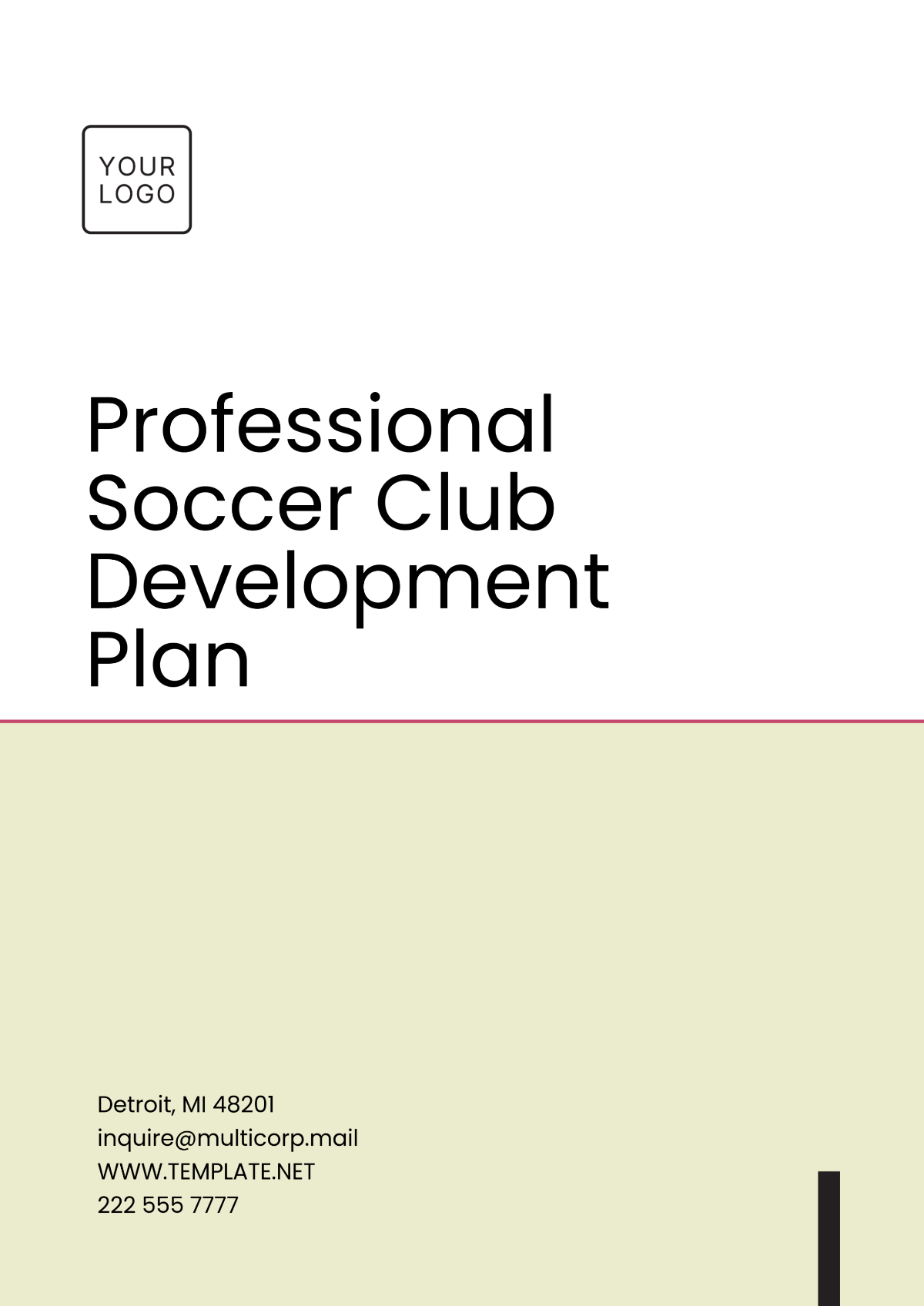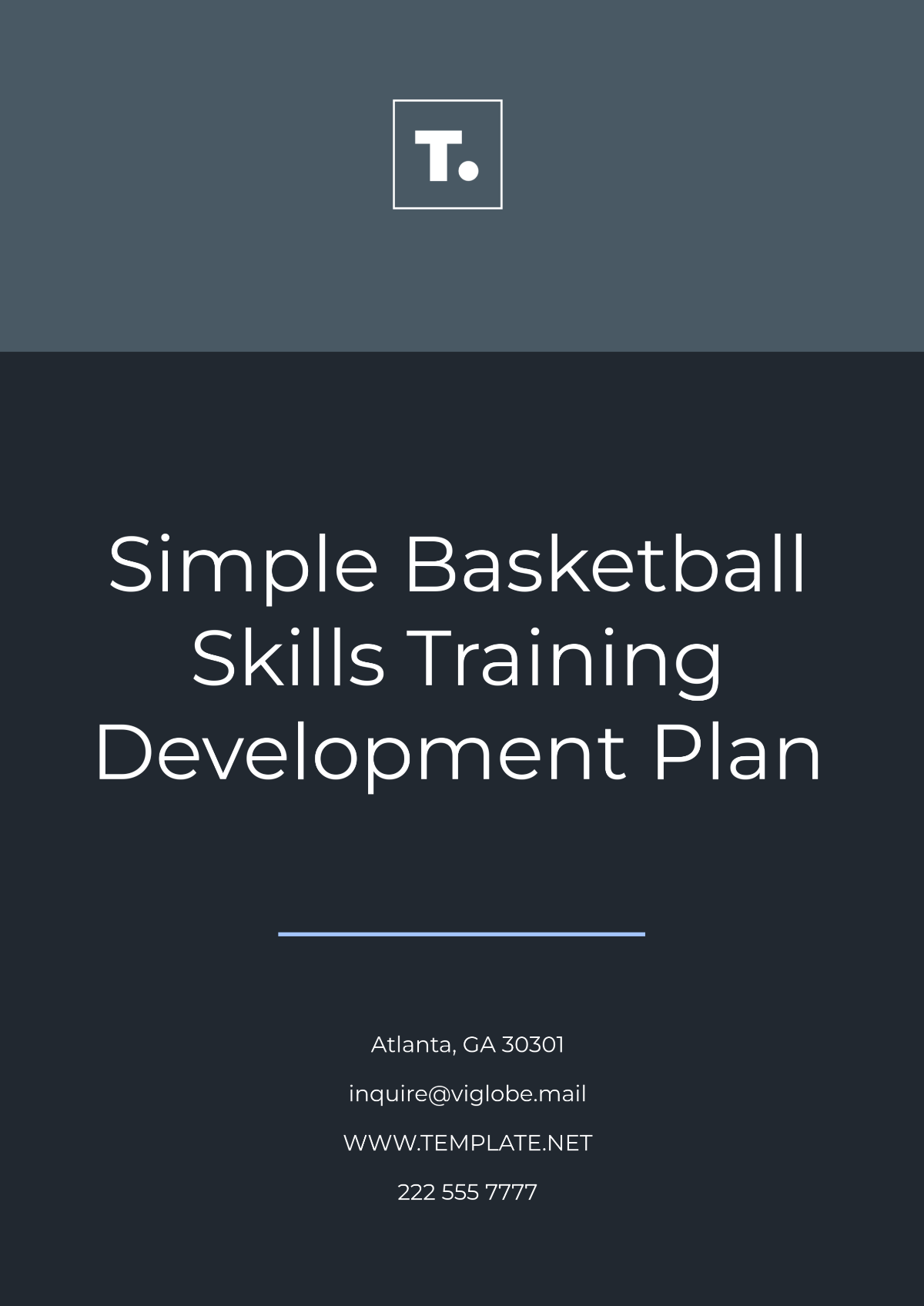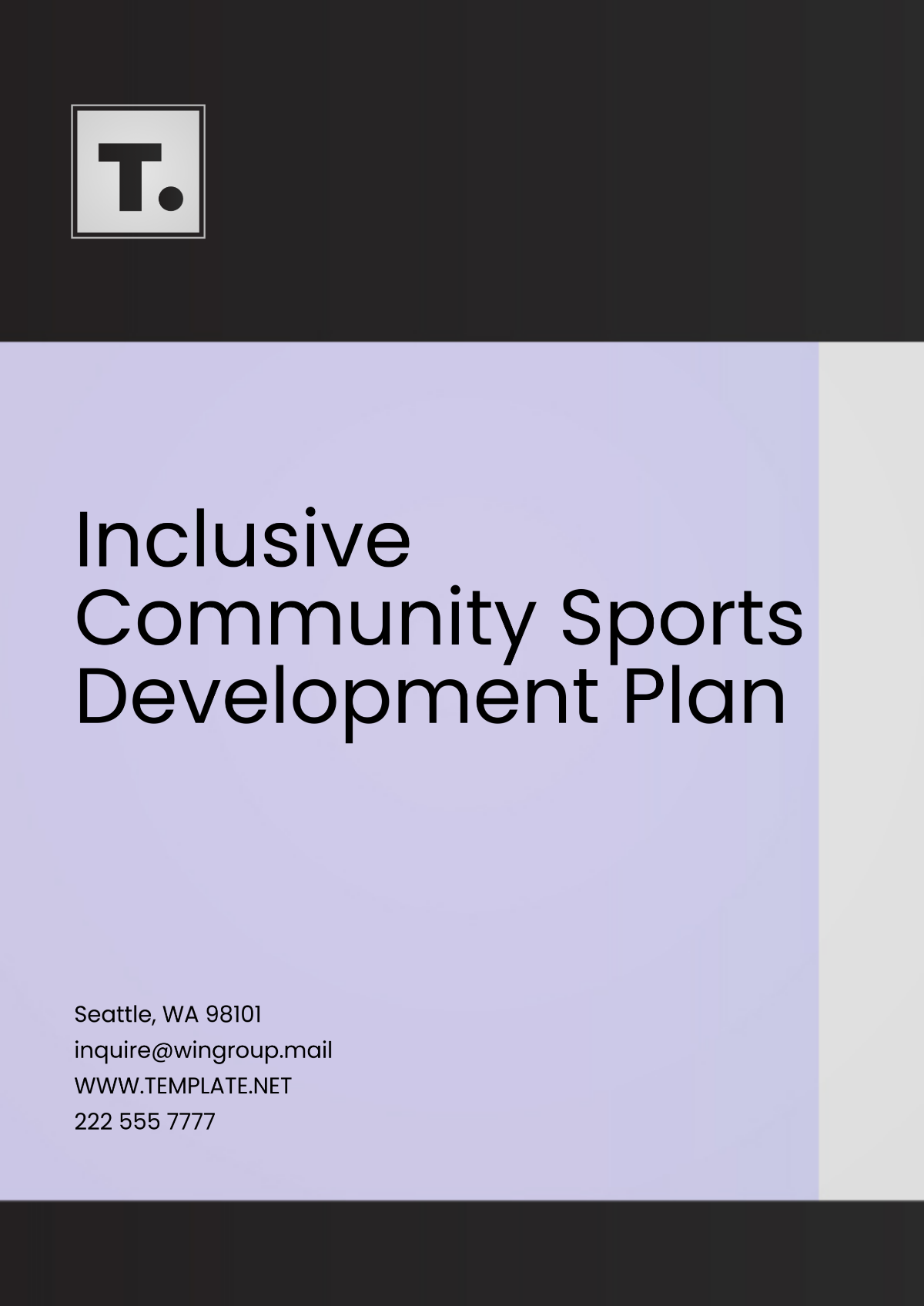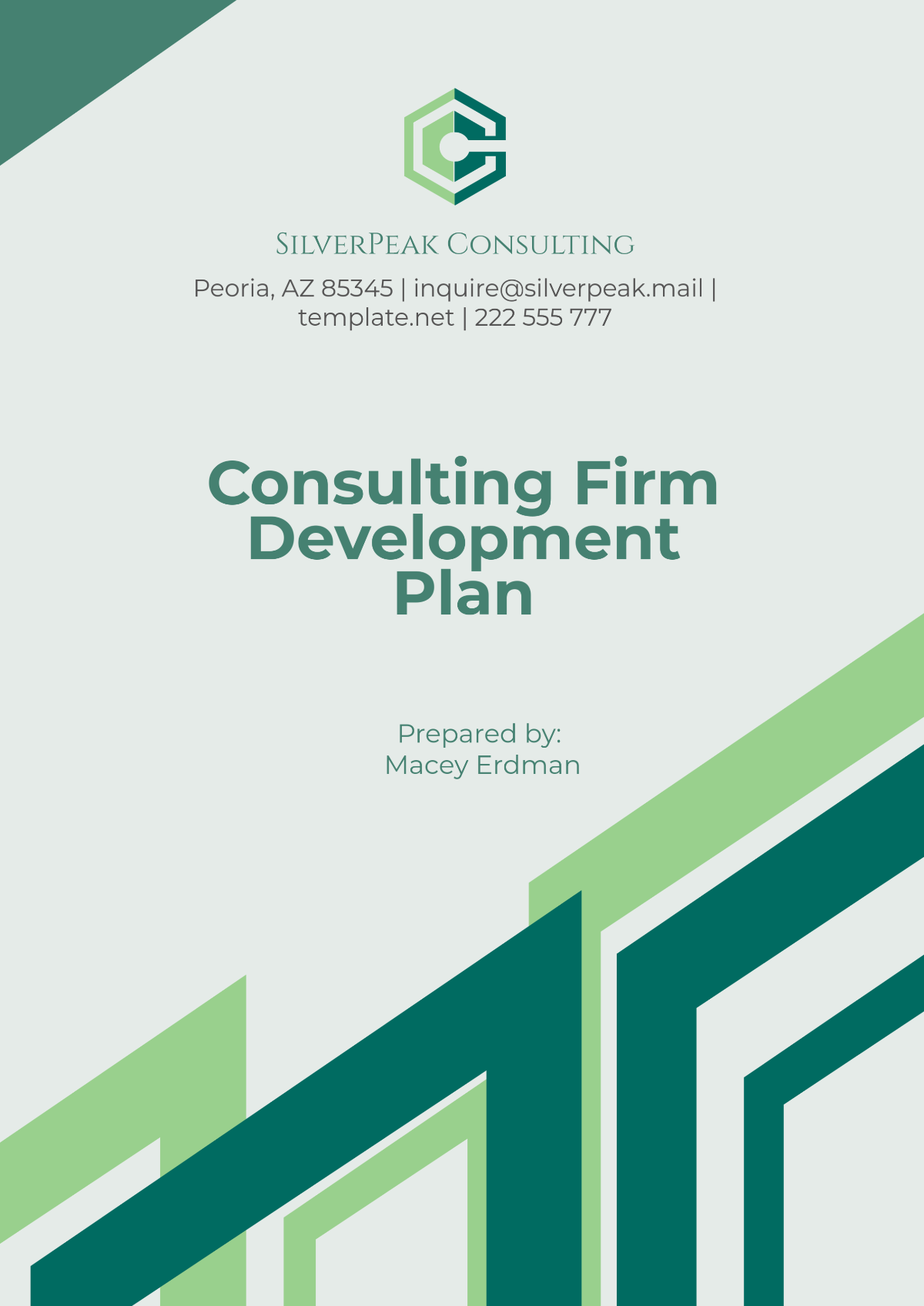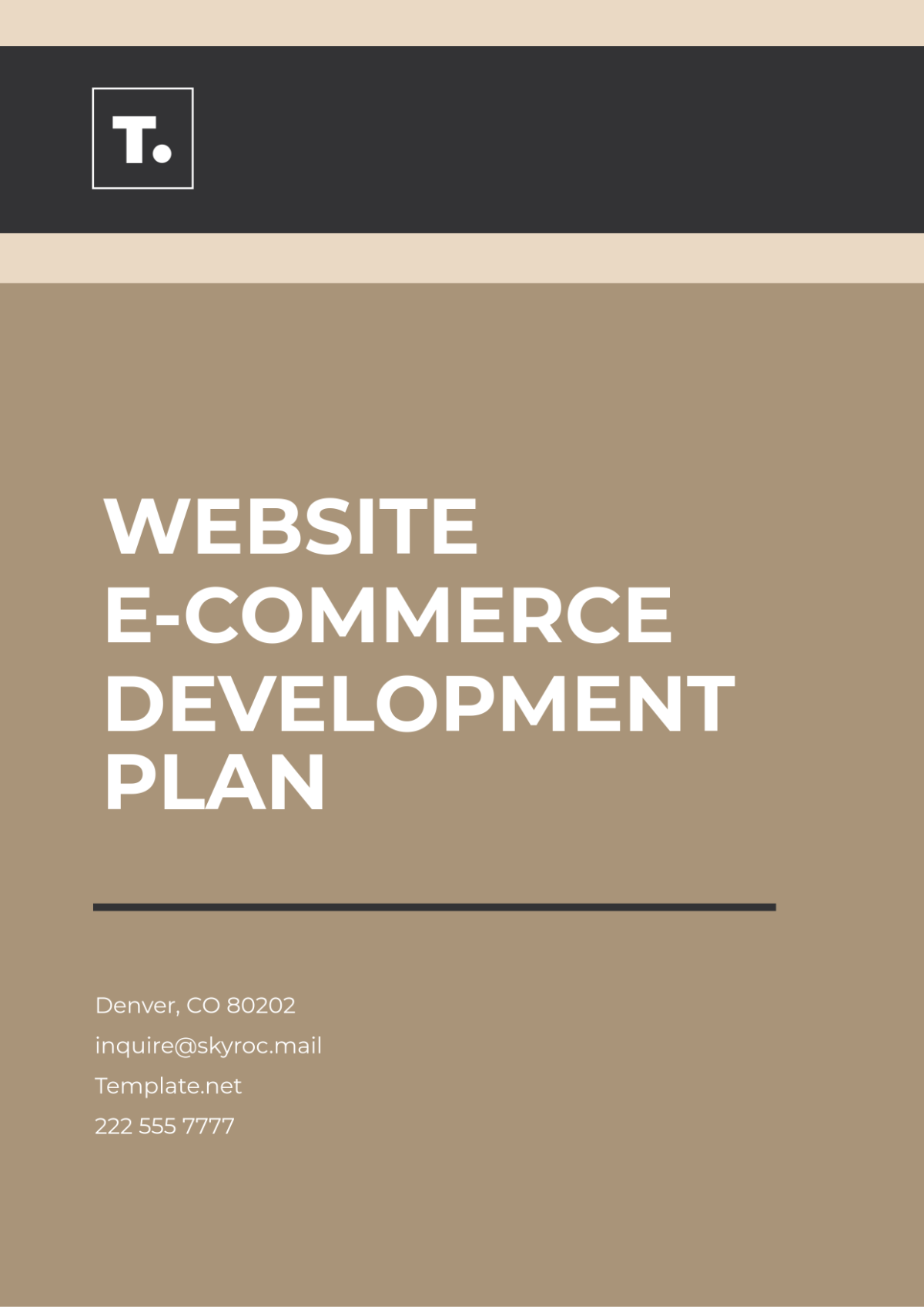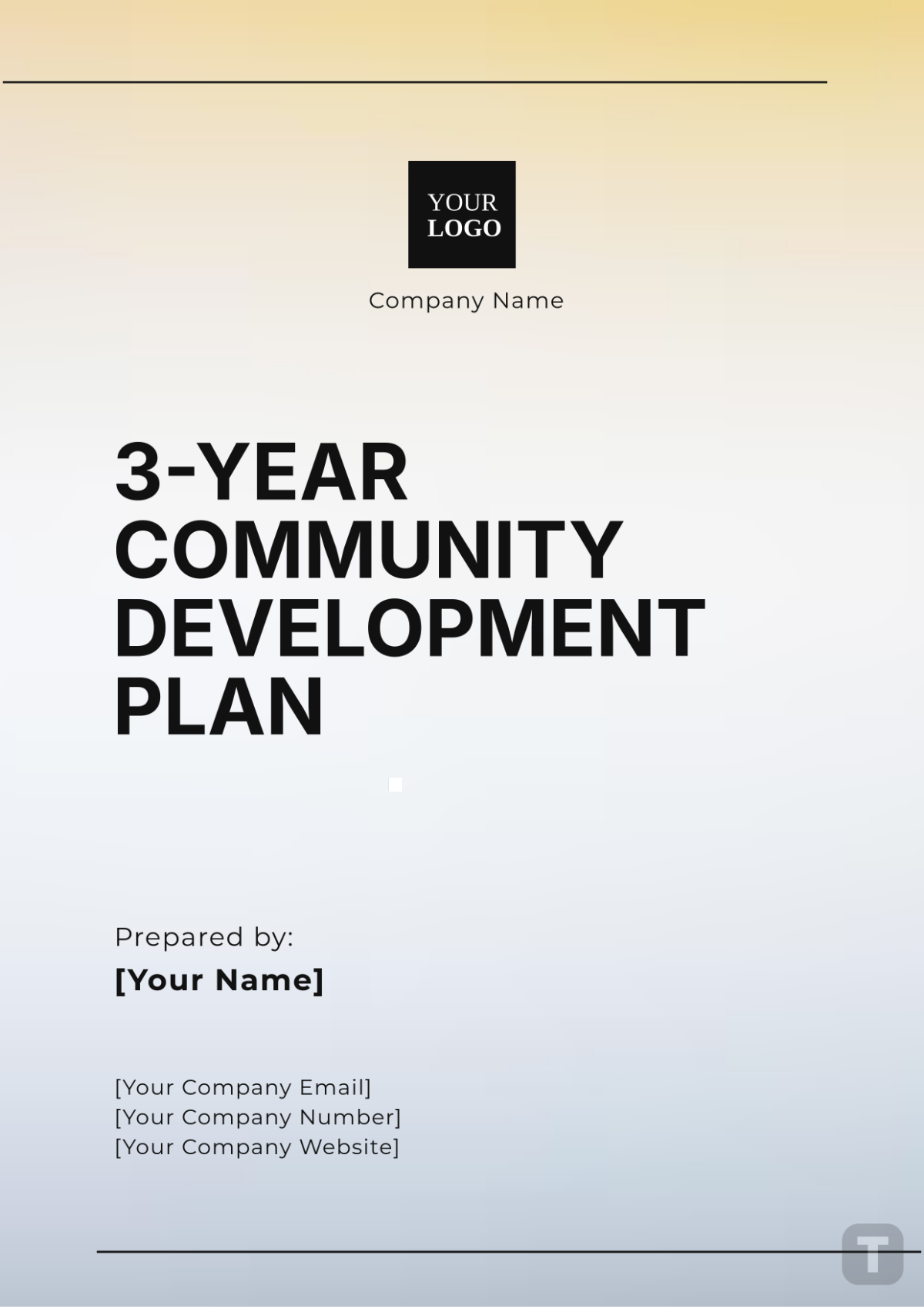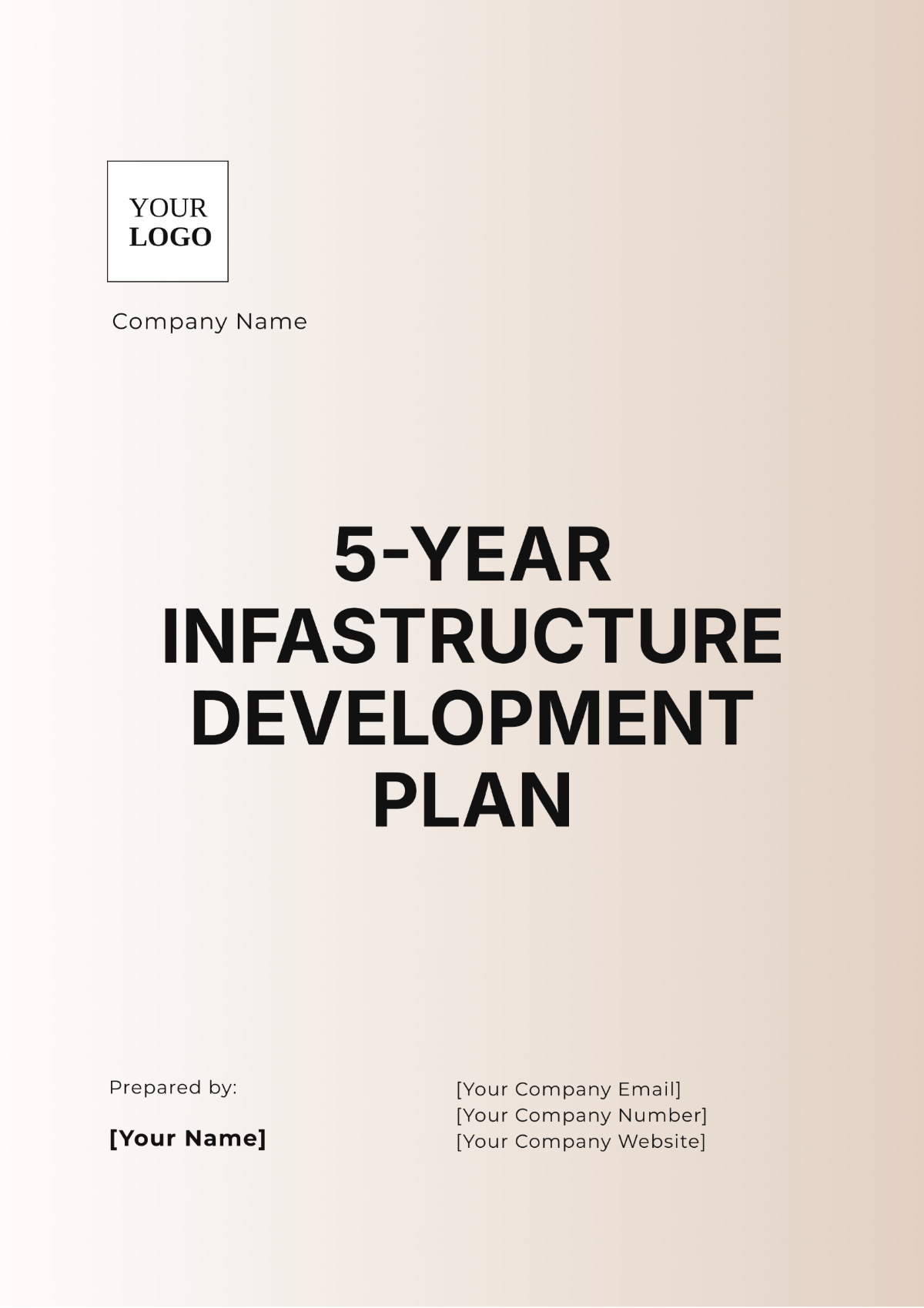5-Year Enterprise Development Plan Layout
Prepared By: [Your Name]
Date: June 12, 2060
1. Executive Summary
Overview: Briefly outline the purpose and scope of the plan.
Mission and Vision: State the enterprise’s mission and vision statements.
Strategic Objectives: Summarize the primary goals over the next five years.
Key Success Factors: Highlight the main factors essential for achieving these objectives.
2. Company Background
History and Background: Provide a brief history of the company.
Current Market Position: Describe the company’s position within its industry.
Core Values and Culture: Outline the company’s guiding values and organizational culture.
3. Market Analysis
Industry Overview: Assess the overall industry landscape and trends.
Target Market: Define the primary market and customer demographics.
Competitive Analysis: Identify key competitors and outline their strengths and weaknesses.
SWOT Analysis: Present the company’s internal Strengths and Weaknesses, as well as external Opportunities and Threats.
4. Strategic Objectives and Goals
Year 1 Goals: Define specific goals for the first year, focusing on foundation-building.
Year 2–3 Goals: Outline intermediate goals to scale and stabilize growth.
Year 4–5 Goals: Set ambitious goals for mature growth and expansion.
Milestones and Key Performance Indicators (KPIs): Detail specific metrics and benchmarks for measuring progress over time.
5. Product and Service Development
Product Roadmap: Describe upcoming products or services, features, and timelines.
Innovation Strategy: Highlight R&D focus, innovation goals, and adaptation strategies for new technology.
Customer Experience (CX) Initiatives: Outline strategies for enhancing customer satisfaction and engagement.
6. Marketing and Sales Strategy
Branding and Positioning: Define the brand’s unique selling proposition and market positioning.
Marketing Channels and Campaigns: List key channels and marketing campaigns planned.
Sales Goals and Tactics: Detail sales targets and approaches to reach customers.
Customer Retention: Describe strategies to improve customer loyalty and retention.
7. Operational Plan
Operational Milestones: Set operational benchmarks to support growth targets.
Technology and Infrastructure Needs: Identify tools, systems, and technologies essential for scaling operations.
Process Improvements: Outline strategies for optimizing efficiency, cost-effectiveness, and quality.
8. Financial Plan
Revenue Projections: Forecast expected revenue for each year.
Budget Allocation: Provide an annual budget breakdown by department or function.
Funding and Investment Needs: Detail any external funding requirements and investment strategies.
Profit and Loss Forecast: Project profit and loss for each year to assess financial sustainability.
9. Risk Management
Risk Assessment: Identify potential risks that could impact the enterprise.
Mitigation Strategies: Outline strategies for managing or mitigating these risks.
Contingency Plan: Prepare a high-level plan for major contingencies.
10. Organizational Development
Staffing and Training Needs: Outline hiring goals, role requirements, and training programs.
Organizational Structure: Describe how the organizational structure will adapt to growth.
Leadership Development: Highlight strategies for developing leadership and succession planning.
11. Monitoring and Evaluation
Performance Metrics: Define the metrics used to evaluate progress for each goal.
Evaluation Schedule: Set a timeline for regular assessments (quarterly, annually).
Continuous Improvement: Describe the process for reviewing, adjusting, and improving the plan as needed.
12. Appendix
Supporting Documents: Include charts, graphs, and additional analysis as needed.
References: List sources for data and research used in the plan.
